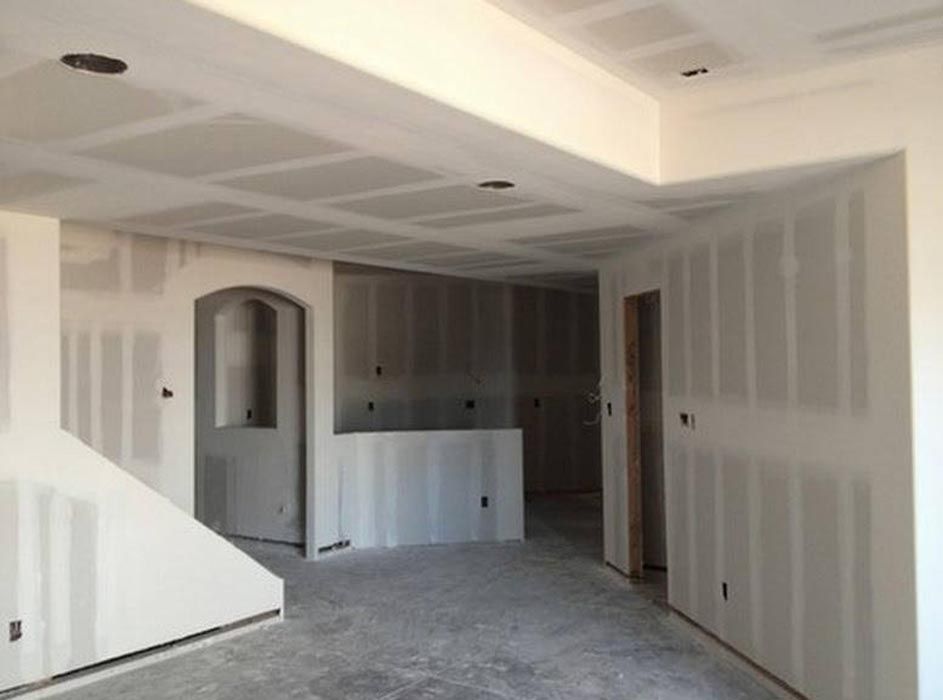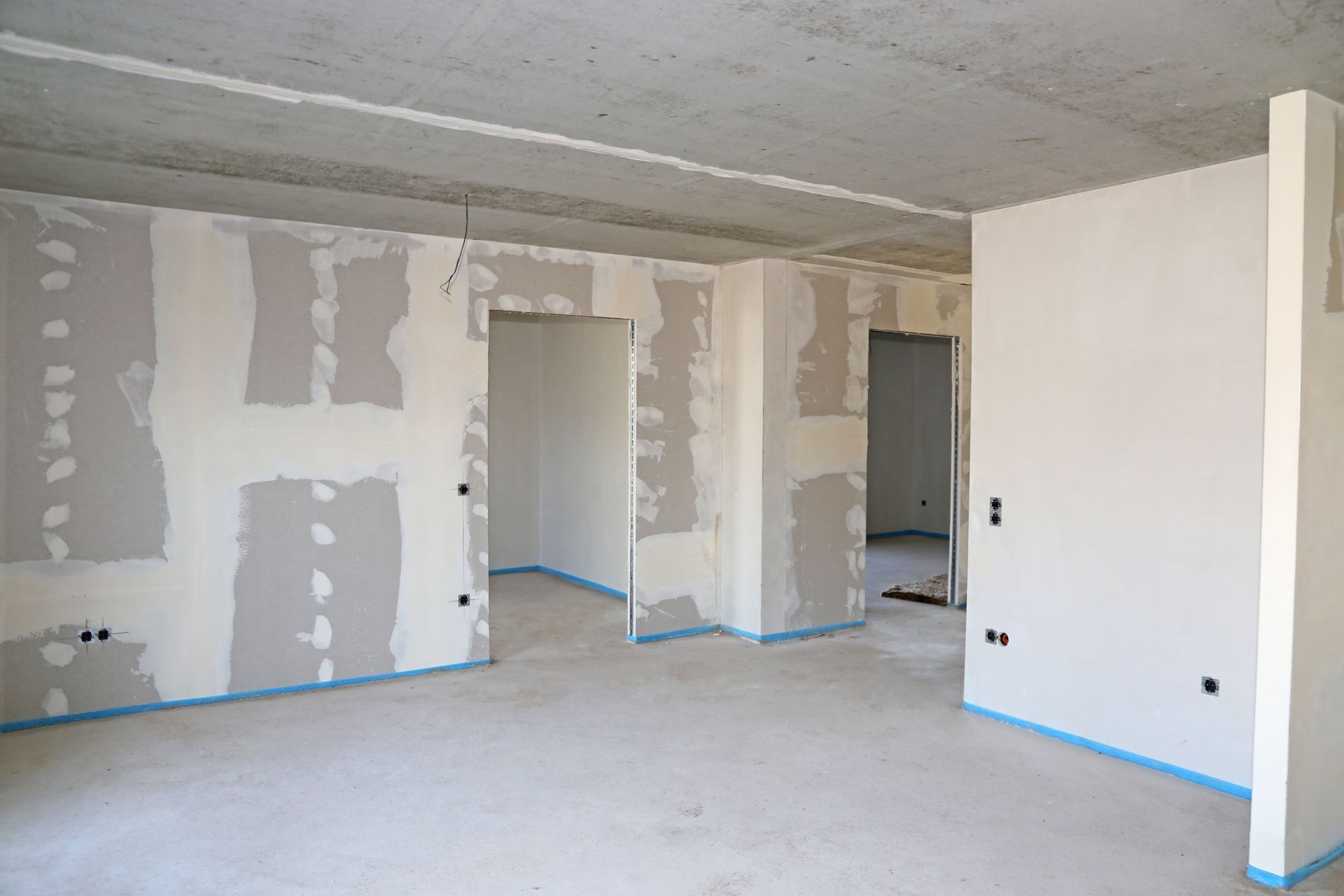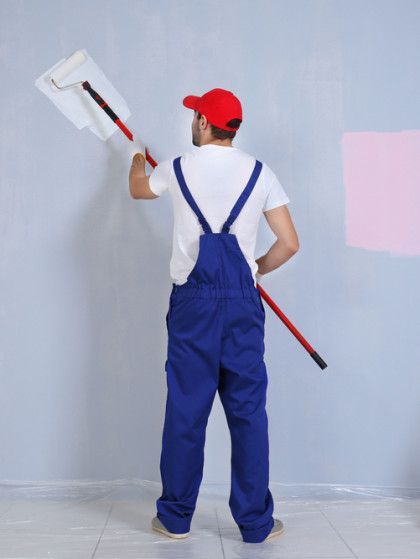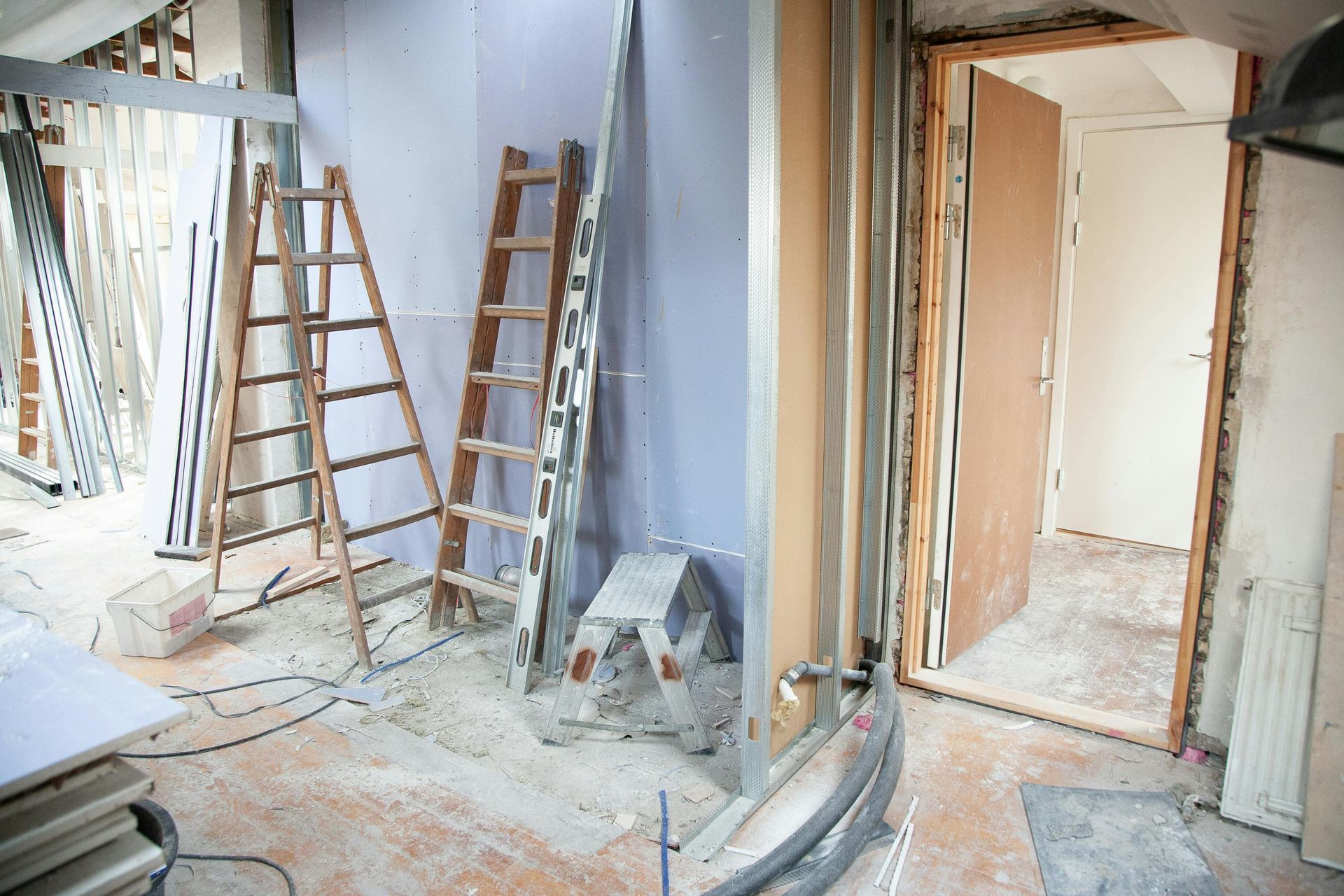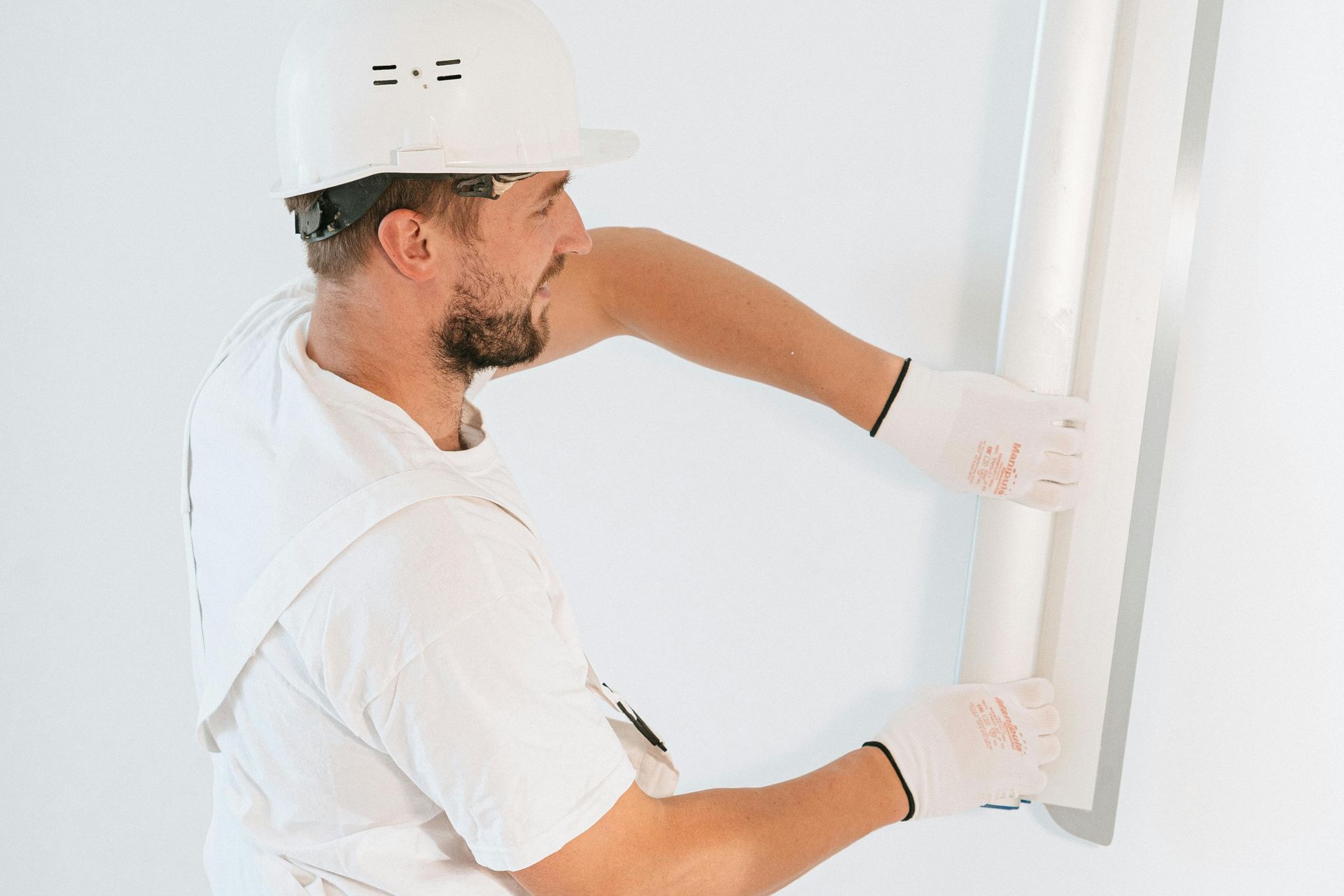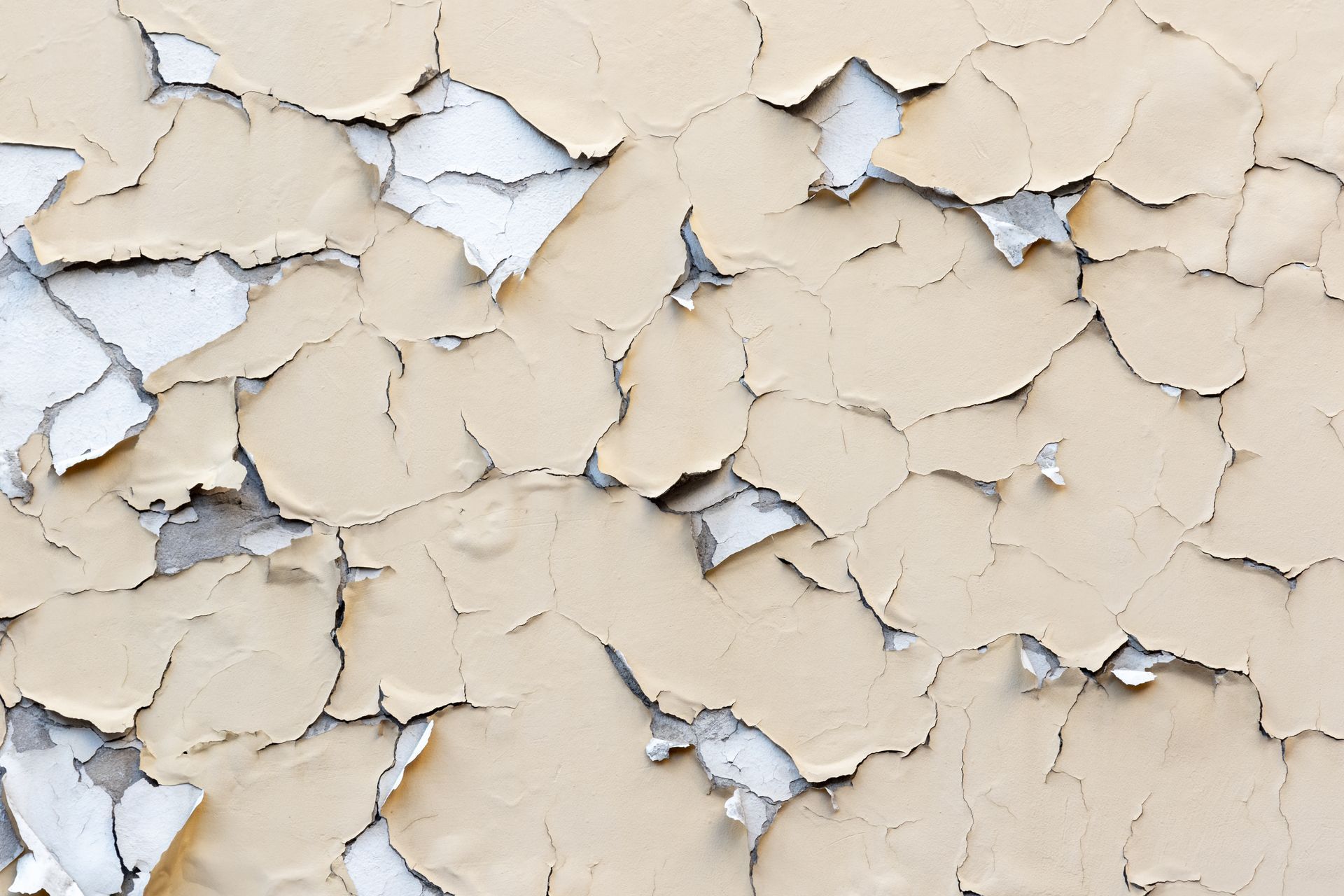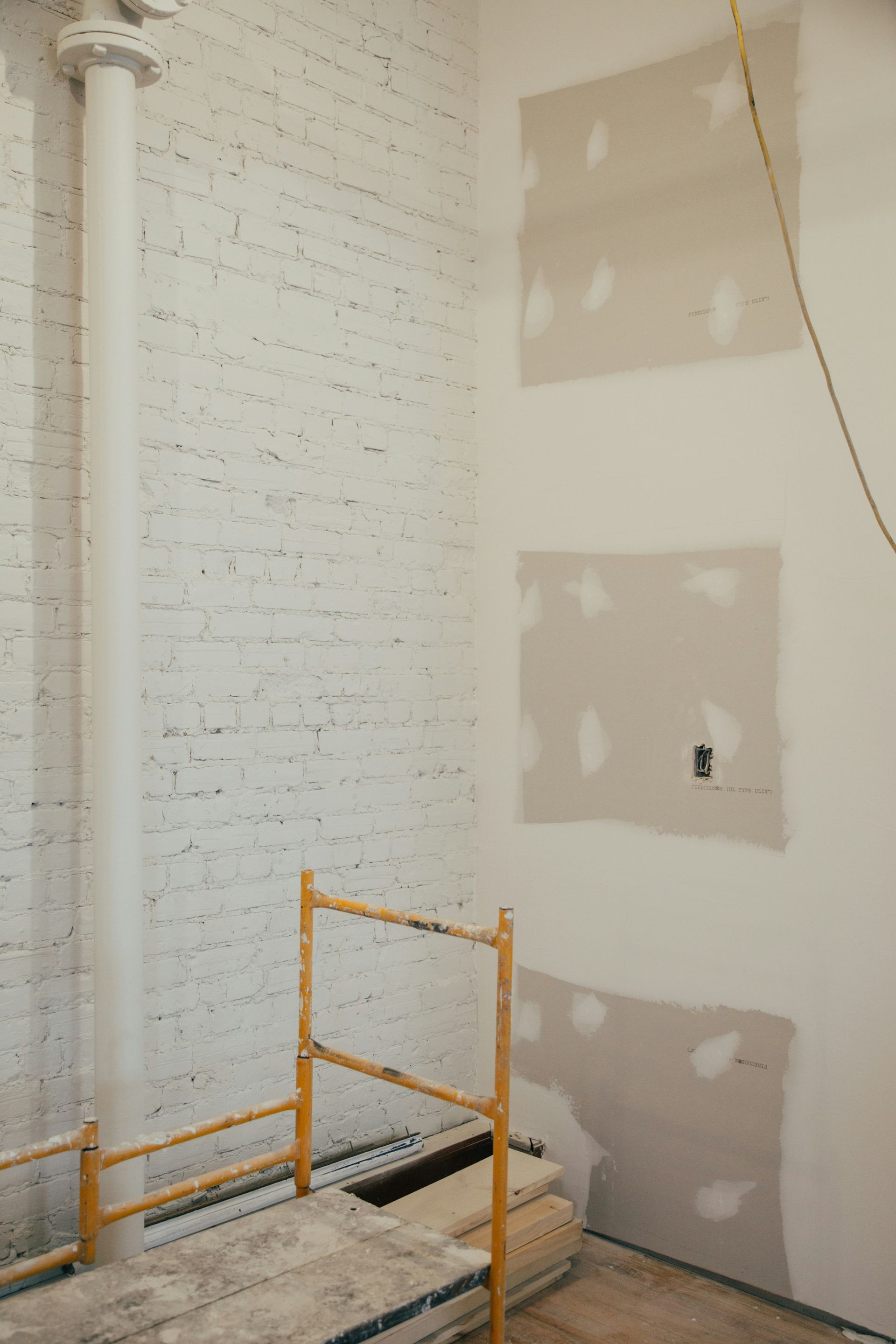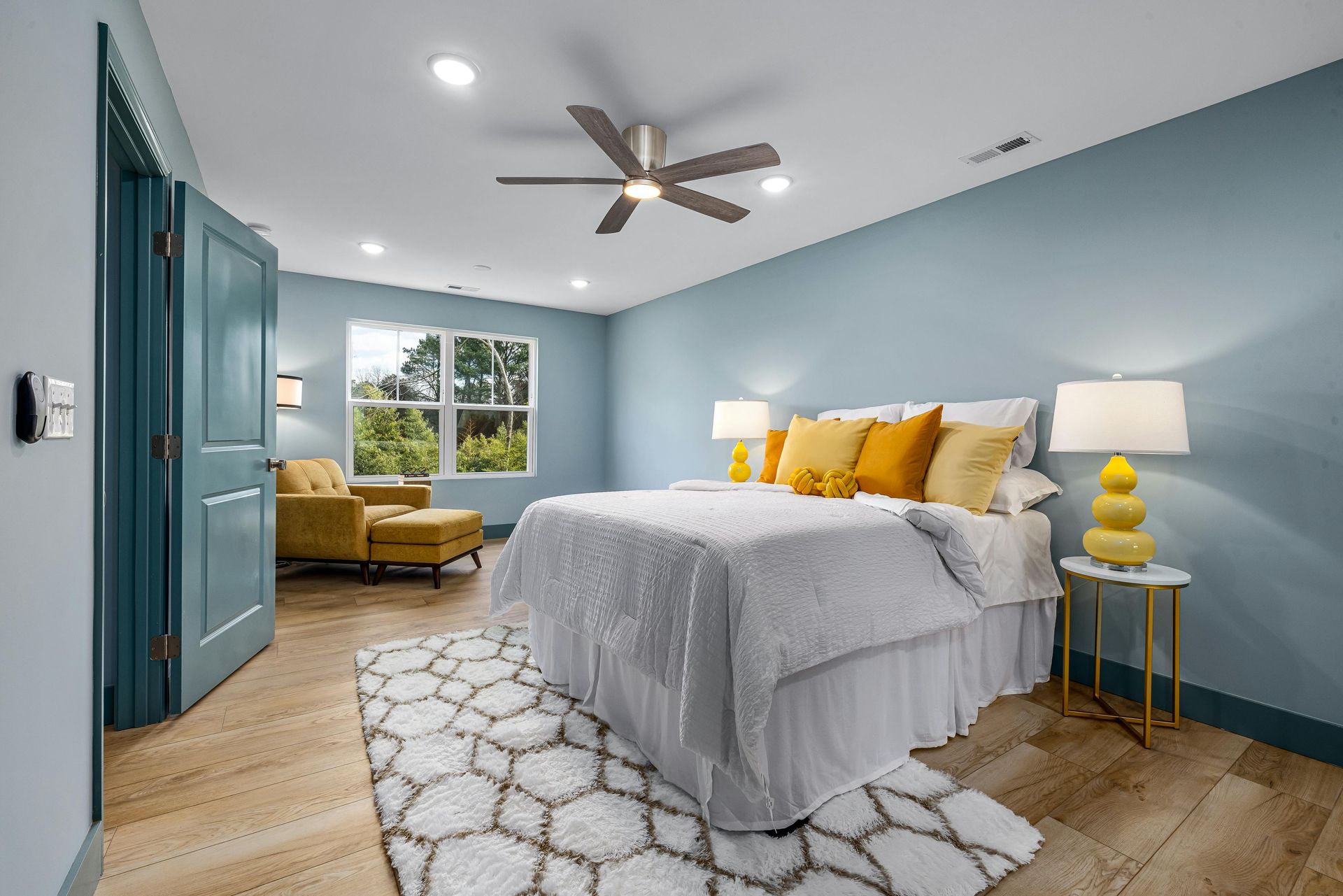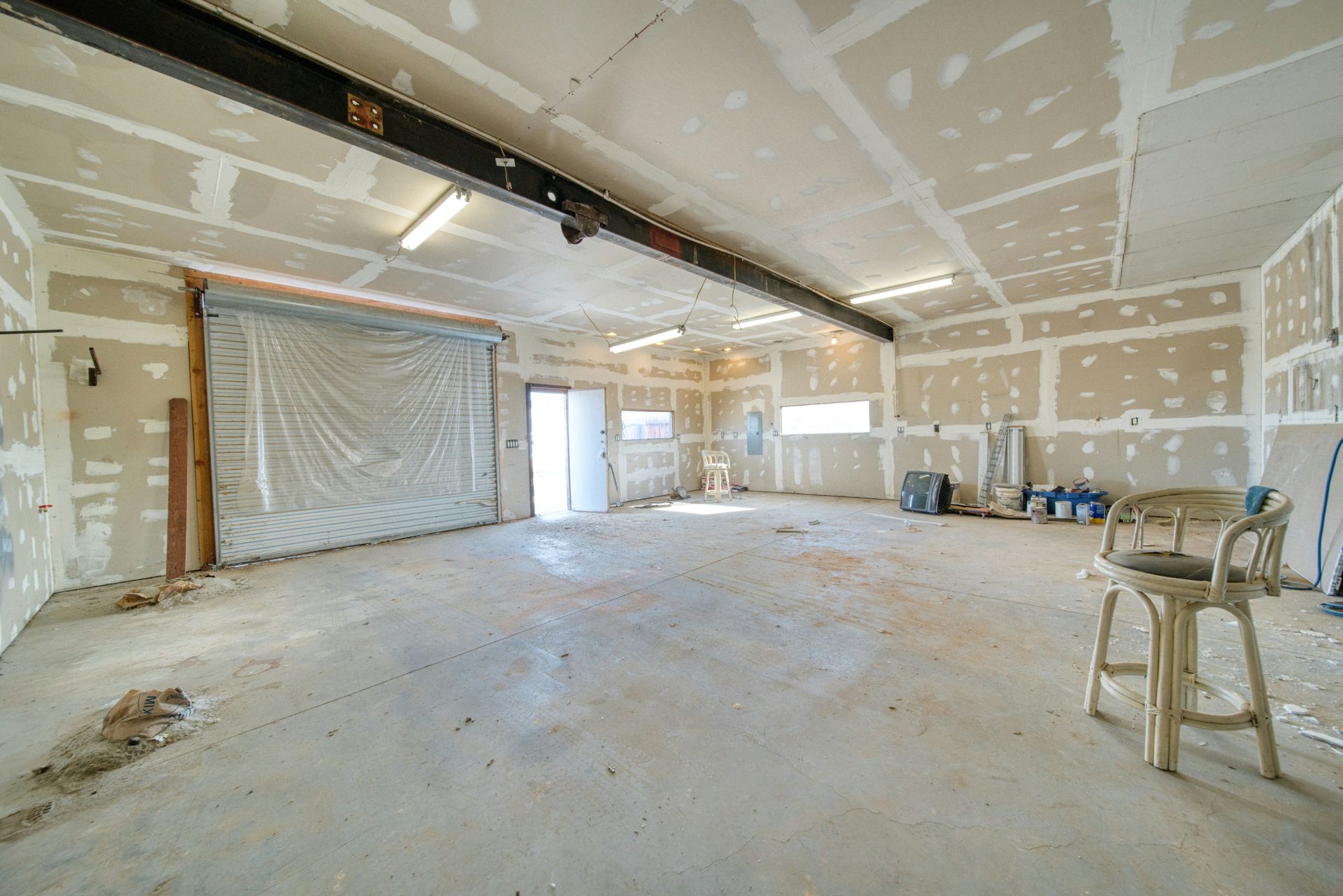WENDELL BARCO PLASTERING BLOG
How to Fix Water-Damaged Walls: Steps to Restore Your Space
Few things ruin the look of a home faster than water damaged walls. Maybe it started with a small leak or a burst pipe, or maybe your ceiling decided to take on a waterfall effect after a heavy storm. Whatever the cause, water damaged walls are more than just an eyesore. They can lead to structural problems, mold growth, and costly repairs if left unchecked.
The good news? With the right steps and a little patience, you can restore your walls and your peace of mind. Let’s walk through how to handle this issue effectively so you can get your space back to looking like home sweet home.
What Causes Water-Damaged Walls in the First Place?
Before jumping into repairs, it helps to understand why water damage happens. Walls are meant to be strong and stable, but water is sneaky and finds its way in through multiple paths.
Some common causes include:
- Leaking Pipes: Hidden behind walls, leaking pipes are often the culprit. By the time you notice dampness, water has already been seeping in for a while.
- Roof Leaks: A damaged roof can send water trickling down into walls, especially after a heavy rainstorm.
- Flooding: Whether from a storm or a burst appliance hose, floods can saturate walls quickly.
- Condensation: Poor ventilation in areas like bathrooms and kitchens allows moisture to settle into walls over time.
- Cracks and Gaps: Even small cracks in exterior walls can let water in during wet weather.
Knowing the source of the problem is the first step toward fixing it. Otherwise, you might patch the wall only to have the damage reappear.
Signs You Have Water-Damaged Walls
Sometimes water damaged walls are obvious, but other times the signs are more subtle.
Here’s what to look for:
- Discoloration or Stains: Yellow or brown spots are classic water damage signals.
- Soft or Bubbling Paint: If the paint feels soft or starts peeling, water is behind it.
- Warping or Buckling: Walls that no longer look flat often have hidden water damage.
- Musty Smell: That telltale odor usually means moisture has been sitting too long, and mold might be moving in.
- Visible Mold Growth: Black, green, or white patches on walls are clear signs of moisture problems.
If you notice any of these, it’s time to act fast. Water damaged walls only get worse with time.
Steps to Fix Water-Damaged Walls
Now for the important part: how to actually fix those water damaged walls. Depending on the extent of the damage, you might be able to handle it yourself or you may need professional help.
Here’s a step-by-step guide:
1. Stop the Water Source
You cannot fix the wall until you fix the problem that caused it. Whether it’s repairing a leaky pipe or sealing cracks, stopping the water flow comes first.
2. Dry the Area Completely
Fans, dehumidifiers, and good airflow are your best friends. Drying the wall thoroughly prevents mold growth and ensures repairs stick.
3. Remove Damaged Materials
Cut out water damaged drywall, plaster, or insulation. Do not be afraid to go a little wider than the visible damage to ensure you get all the compromised sections.
4. Treat for Mold
If there’s any sign of mold, clean the area with a mold-killing solution. Mold left behind can spread quickly.
5. Repair or Replace Drywall
Once everything is clean and dry, patch the wall. For small spots, a simple patch may work. For larger areas, you’ll need to replace drywall panels entirely.
6. Prime and Paint
After repairing the wall, use primer to seal it before painting. This ensures an even finish and prevents future staining from showing through.
Taking these steps will help you restore your wall and keep it looking like new.
Preventing Future Water Damage
Once you’ve gone through the hassle of repairing water damaged walls, the last thing you want is a repeat performance. Prevention is key.
Here are a few ways to protect your home:
- Inspect Regularly: Keep an eye out for leaks, stains, or moisture in vulnerable areas like bathrooms, basements, and kitchens.
- Maintain Your Roof: Missing shingles or damaged flashing can let water in. Annual inspections help prevent roof-related leaks.
- Upgrade Ventilation: Good airflow in bathrooms and kitchens reduces condensation and prevents moisture buildup.
- Seal Cracks and Gaps: Exterior caulking and weatherproofing help keep rainwater out.
- Act Quickly: At the first sign of water damage, address it immediately. Waiting only makes the problem worse (and more expensive).
A little maintenance now goes a long way in saving you from major repairs later.
When to Call in a Professional
Sure, some water damage repairs are DIY-friendly. But if your walls look like they’ve been through a hurricane, or if you notice mold, it’s best to call in a professional.
A skilled drywall and plaster team can:
- Identify the full extent of the damage
- Safely remove compromised materials
- Replace drywall for a seamless finish
- Handle repairs quickly so you can get back to normal life
Sometimes peace of mind is worth more than the hours spent trying to do it yourself.
Call Wendell Barco Plastering for Professional Drywall Repair in Portsmouth, VA
If water damaged walls have you feeling frustrated, Wendell Barco Plastering is here to help. Our team specializes in drywall repair and plaster work, restoring your walls to their original condition with professional care. We proudly serve Portsmouth, VA, and the surrounding areas, delivering reliable results every time.
In addition to drywall repair, we also offer
drywall installation,
painting, and
interior painting services
to give your home the perfect finish. Call us today at
(757) 935-7297 to schedule your service and let our team bring your walls back to life.
FAQs
Can water damaged drywall be saved?
Small areas can sometimes be dried out and patched, but larger sections often need to be replaced.
How long does it take to dry out water damaged walls?
It depends on the extent of the damage. With fans and dehumidifiers, it can take 2 to 3 days for small areas, but larger sections may take longer.
Is it safe to paint over water damaged walls?
Not without repairs first. Painting over damage will not stop mold or structural issues. Always fix and prime before painting.
Does water damage always mean mold?
Not always, but water damage creates the perfect environment for mold. That’s why drying and treating for mold is essential.
Can I fix water damaged plaster walls the same way as drywall?
Plaster repairs are similar but may require additional steps. Often, damaged plaster needs patching or re-skimming for a smooth finish.
